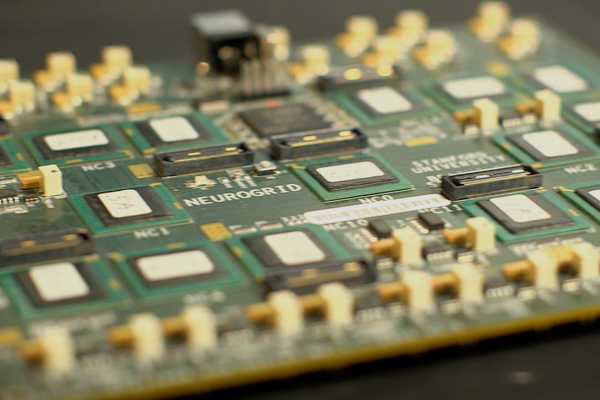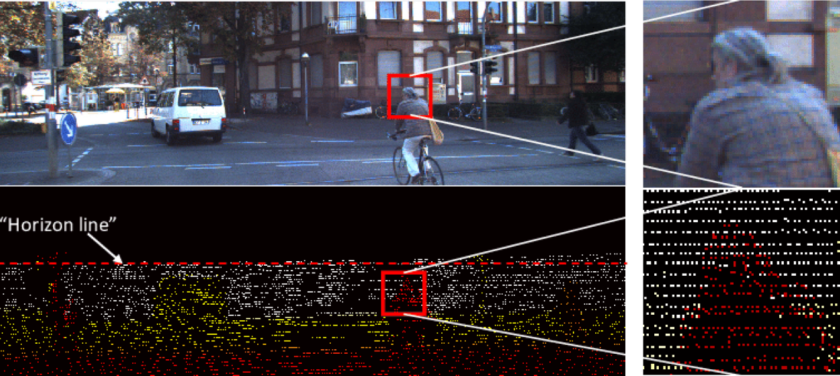Inspired by human brain, bioengineers at Stanford University have fabricated microchips that are relatively faster and energy-efficient where power consumption of PC is about 40k times more. Researchers envision that this would lead a novel way of understanding human brain as well as might take robotics especially prosthetics to the next level.
Matching the Brain
For an efficient mimicking of neurons and synapses, the team designed 16 Neurocore chips. Jointly these 16 chips were able to simulate about 1m neurons and billions of synaptic connections.
The resultant Neurogrid is about the size of an iPad. It has the highest order to simulation as well as power consumption with respect to similar other brain mimics fabricated so far.
The project had received funds from NIH with a 5-year Pioneer Award. Currently, the team is working towards slashing the costs and designing compiler software that could help experts in solving problems who otherwise have insignificant or no knowledge of synapses and neurons or neuroscience, for instance, controlling a humanoid with the Neurogrid. Along with that, the team is also working towards developing Neurocore controlled prosthetic limbs for incapacitated individuals.
Other Ambitious Brain Mimics
SyNAPSE Project by IBM, code-named Golden Gate is one amongst the similar other projects. Basic idea behind this assignment is to mimic the problem solving ability of the brain and hence, the chip is expected to present numerous synaptic connections.
BrainScales project by Heidelberg University is aimed towards fabricating the behaviors of neurons and synapses. Aim is to model drug interaction.
Both the projects have different technical choices to devoting the hardware circuit to a single neural element or several. Hence, the preference has resulted in variations with respect to capability and performance.
Boahen, the lead researcher created a single metric for accounting the system cost that include size of the chip, total number of neurons required for simulation and the power consumption.
Controlling prosthetics via the Neurogrid is an innovative idea, which would create a new paradigm in the field. However, Boahen claims that achieving the level of energy efficiency that brain exhibits is a tricky business faced by them. After all, human brain has 80k times more neurons than the newly fabricated circuit board yet the power consumption is just 3 times more, configurability and scaling won’t be that easy.
Source: Stanford University
Image: Atelier





